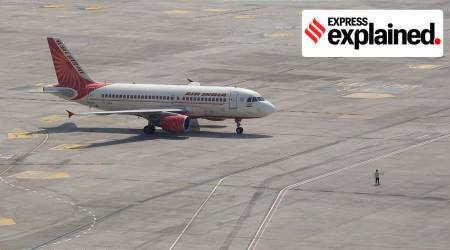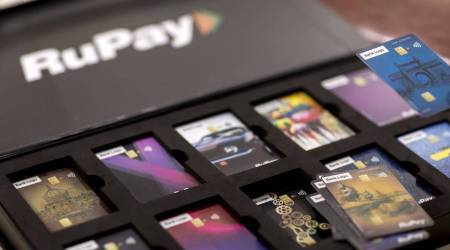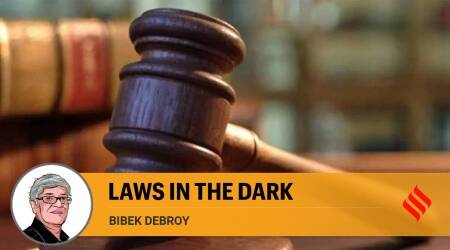For over 18 months, a NASA scientist and his brother have been developing an online program that combines ocean colour data with musical notes. They did this to give listeners an immersive experience of the ocean imagery that scientists at NASA’s Goddard Space Flight Center study every day.
“We wanted to tell a story to appreciate the connectivity of our Earth’s ocean through this aural sonic experience. We use music because it’s engaging and dynamic and connects us across a wide variety of backgrounds,” said co-creator and Goddard scientist Ryan Vandermeulen, in a press statement.
Vandermeulen started his “oceonographic symphonic experience” started with an ocean colour image of Rio de la Plata, an estuary formed by the joining of the Uruguay River and the Paraná River, bordering Uruguay and Argentina. The Goddard scientist was struck by its beauty and complexity: sediment plumes off the shore that seemed to spiral everywhere with “crazy swirls and whirls.” This gave Vandermeulen an idea: what would the image in front of him sound like?
“I started by extracting transactive data from satellite images. I looked at the patterns of the red, green, blue channels. Clearly, they weren’t travelling in the same direction. There was something there. The data itself, you’re listening to it as it exists. The variations are creating a natural palette for the ear,” he said in the press statement.
Best of Express Premium
 Premium
Premium Premium
Premium Premium
Premium Premium
PremiumAfter extracting data from the ocean colour imagery, Vendermeulen wanted to merge the data with sound. This is where the second Vandermeulen comes in, Jon Vandermeulen. Jon is Ryan’s brother and a computer programmer.
“So I have experience doing digital music production because I fancied myself a rockstar. And so I decided to help and told him it wasn’t optional, this was a great idea,” said Jon in a press statement. After getting the data from his brother, Jon created a programmatic interface that translated the data into musical notes. He then modified the tool so that the translated data could be imported into a digital audio workstation. In this case, that was GarageBand.
This tool is available on the website spektune.com and allows anyone to import data to create music for free. They used data coming from the image’s red, green and blue channels to create music. Apart from the Rio de Plata, the brothers also used images of the Bering Sea and Coral Sea to create musical tracks.
